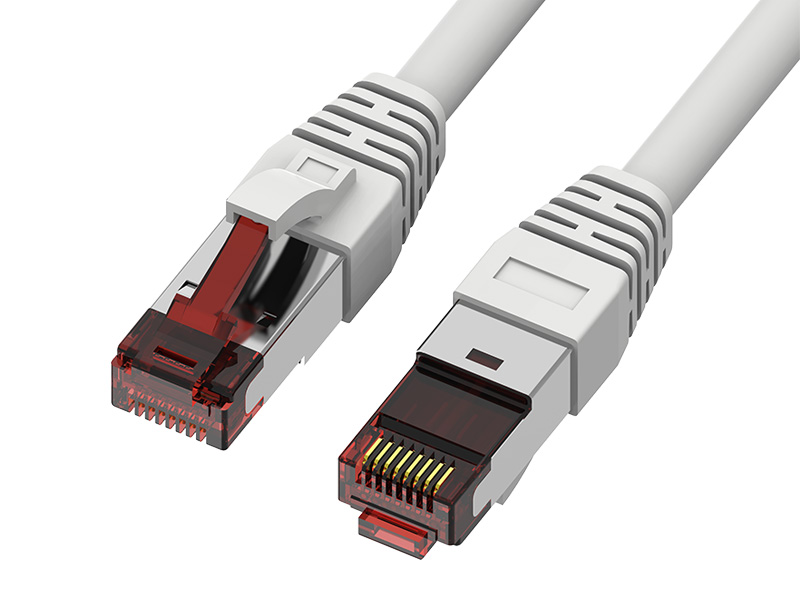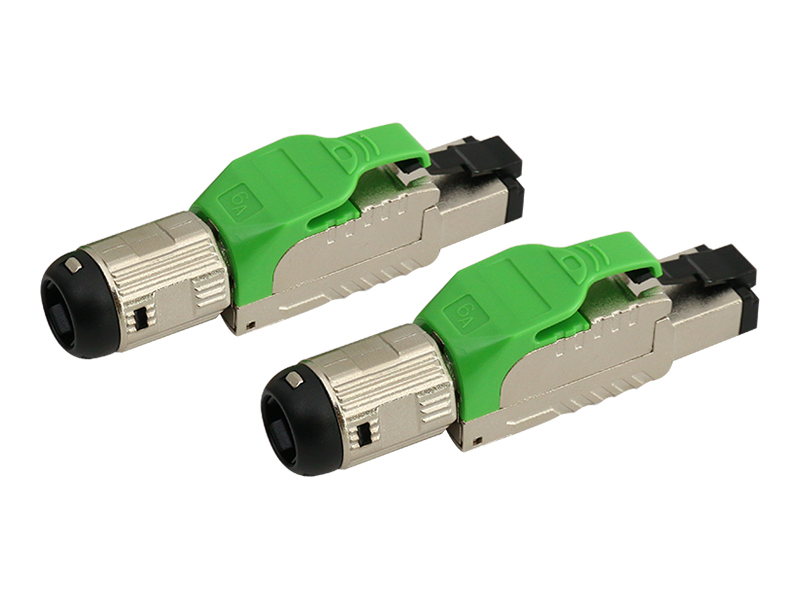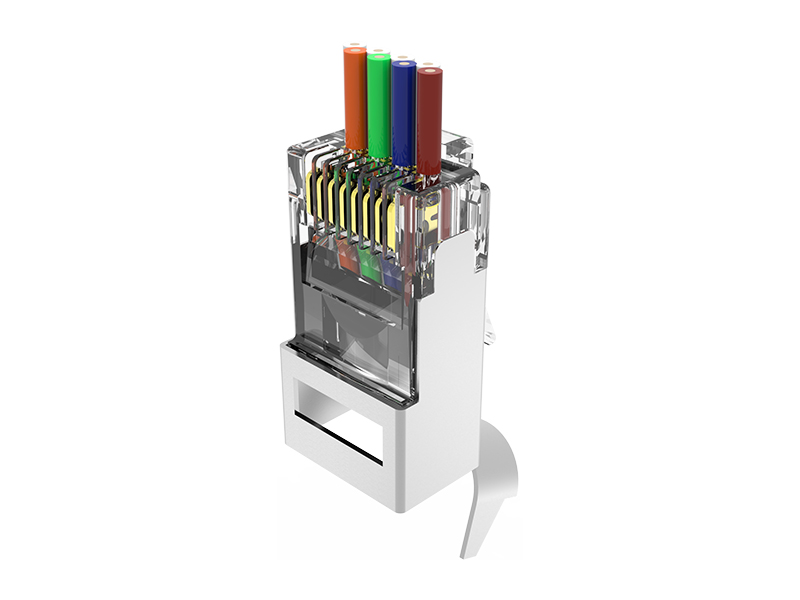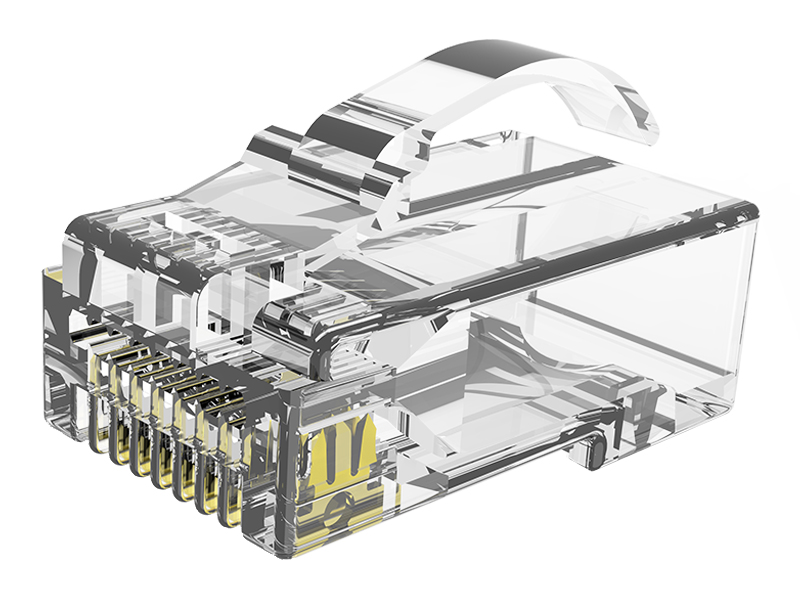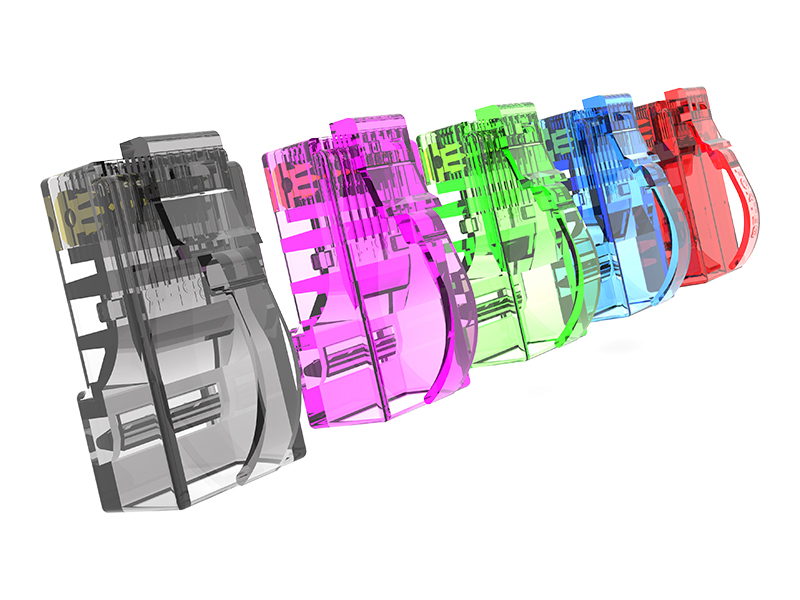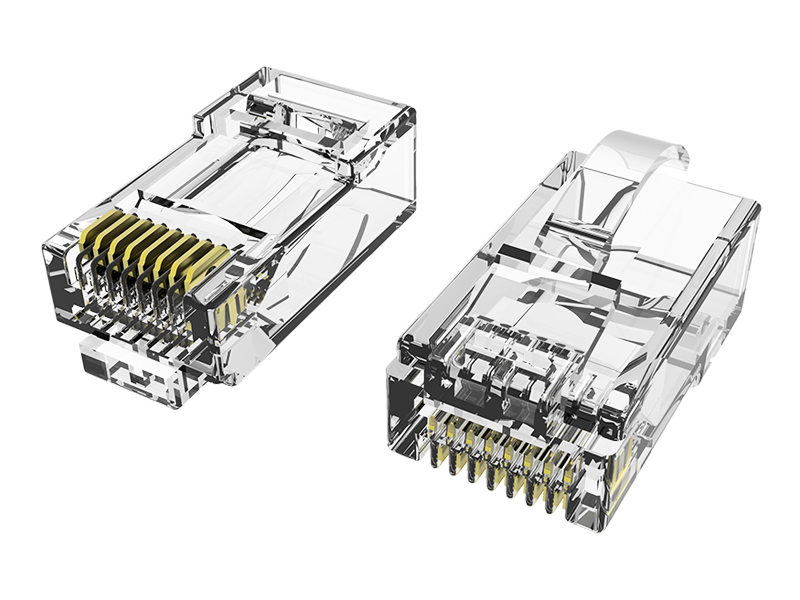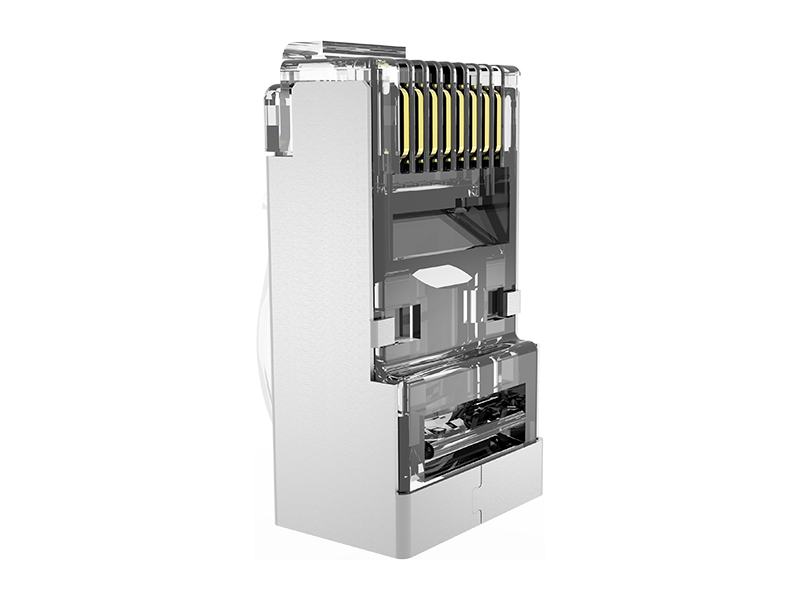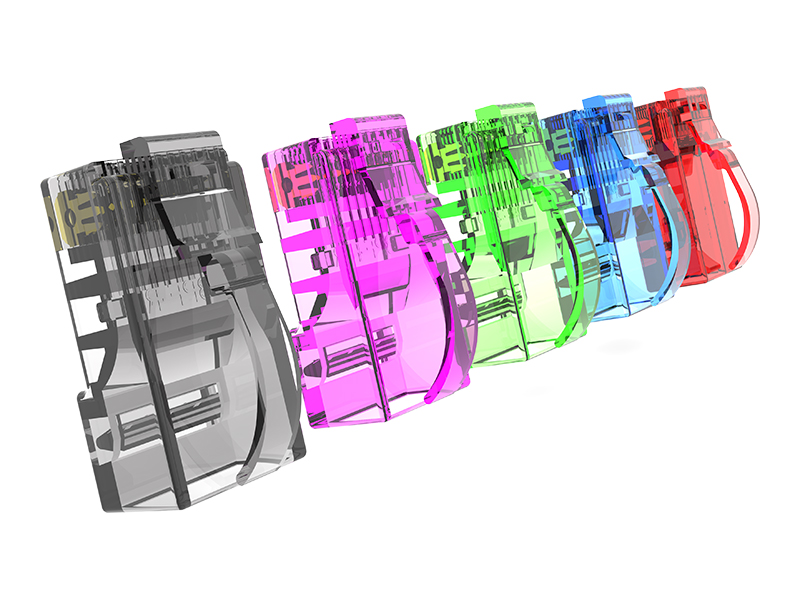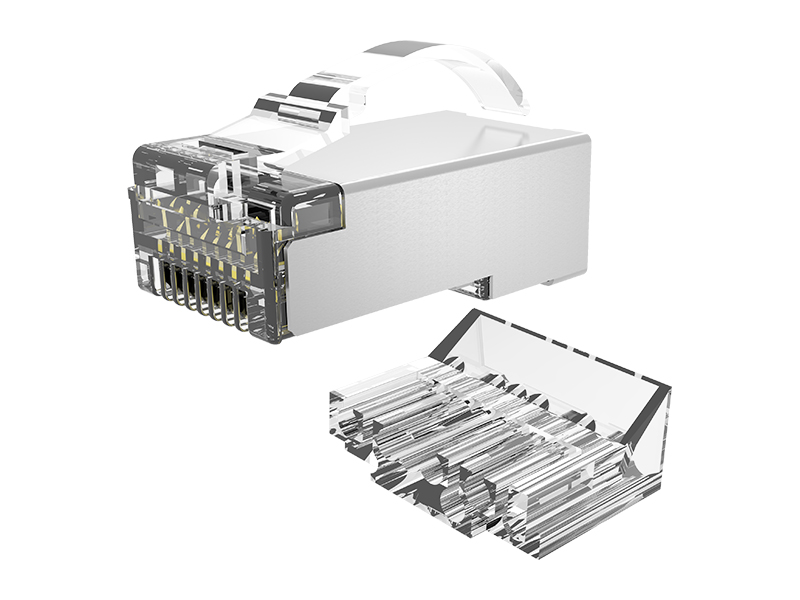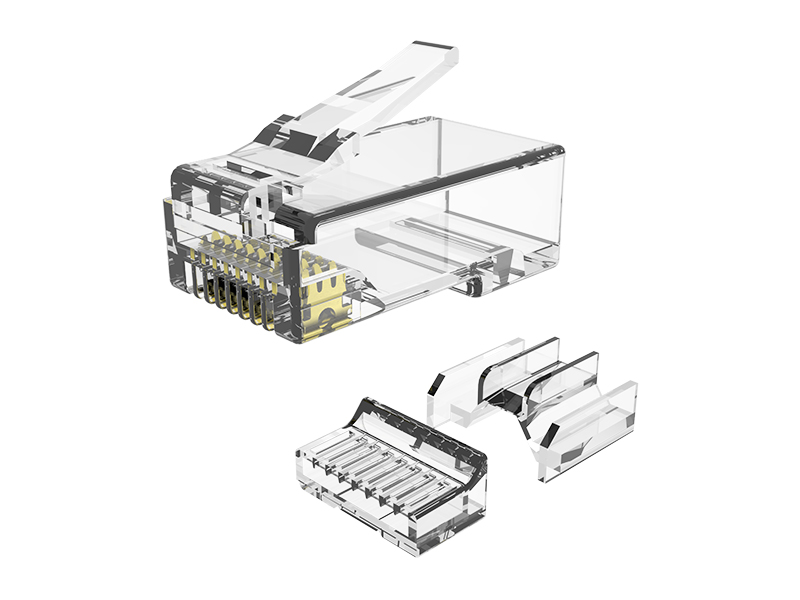Whether a toolless plug can be operated with electricity usually depends on its design and safety standards. Here are a few key points to consider:
1. Design and Structure
Some toolless plugs are designed specifically for live operation and have certain protective measures, such as insulation materials and protective covers, to ensure that they do not directly contact live parts during insertion and removal, thereby reducing the risk of electric shock. However, not all toolless plugs are suitable for live operation, so it is necessary to confirm the specific requirements and limitations of the product before use.
2. Anti electric shock protection
Certified and standardized toolless plugs typically provide some electric shock protection functions, such as insulated enclosures, contact protection, etc. These designs can reduce the risk of electric shock when charged, especially during insertion and removal, where the user's hands do not directly touch the current channel.
3. Operating environment
Even with certified toolless plugs, there may still be risks associated with live operation in high voltage or high-power environments. Especially in damp, dirty, or poorly ventilated areas, live operation may cause safety hazards such as short circuits and fires. Therefore, it is necessary to strictly follow the instructions during operation and avoid operating with electricity in hazardous environments.
4. Manufacturer's instructions
Some manufacturers of toolless plugs explicitly state that although the plug design supports live plugging, it is still recommended to perform plugging and unplugging operations in the event of a power outage to ensure maximum safety. It is best to follow the instructions in the product manual when using, and avoid operating with electricity at will.
5. Current load and plugging frequency
During live operation, the current load and insertion frequency of toolless plugs also need to be considered appropriately. High power current or frequent plugging and unplugging may increase the risk of poor contact, overheating, or damage. Therefore, for high-power equipment, live plugging and unplugging should be avoided as much as possible.



 中文简体
中文简体 English
English Français
Français Deutsch
Deutsch عربى
عربى

